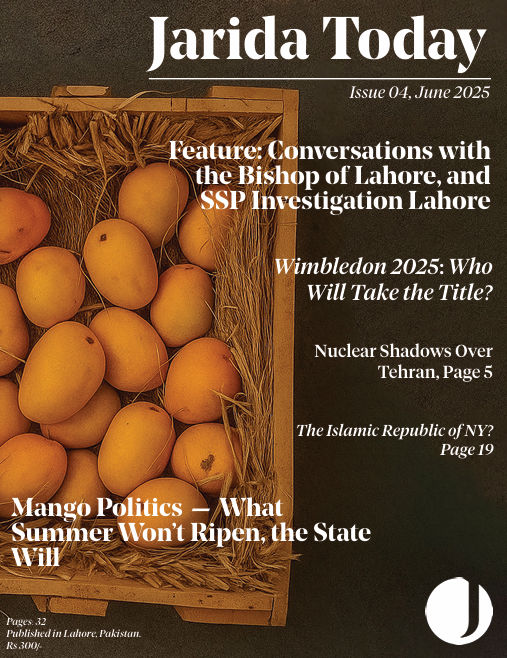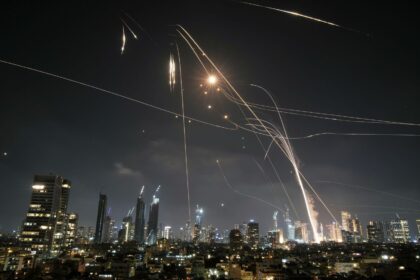Pakistan’s ability to enrich uranium up to U-4 is both a scientific milestone and a national asset. It is the fruit of tireless efforts by scientists like Dr Abdul Qadeer Khan and his team, whose contributions brought the nation to the forefront of nuclear capability. Today, Pakistan stands as a sovereign nuclear power capable of defending itself and contributing to peaceful global energy demands.
Despite possessing the means to unleash devastating heat through nuclear weaponry—devices capable of producing over 40,000°C—the country has shown a moral commitment not to use its capabilities destructively. Instead, it calls for the preservation of enriched uranium for peaceful purposes, advocating for energy, not war.
With uranium enrichment tested successfully in May 1998, Pakistan has entered a league of nations with high-value nuclear assets. The enriched uranium, verified by international standards, positions Pakistan as a potential supplier of atomic energy for countries seeking non-military, electricity-generating uses—provided they meet International Atomic Energy Agency (IAEA) safeguards.
Today, over 440 nuclear reactors operate across 31 countries, supplying about 9% of the world’s electricity. According to the US Energy Information Administration (EIA), total nuclear capacity worldwide exceeds 390,000 megawatts.
The United States leads the global nuclear sector, operating 94 reactors and producing nearly 30% of the world’s nuclear electricity. States like Illinois and Michigan house the highest numbers of individual reactors, with Illinois alone running 11.
In the US, the slow pace of new nuclear construction is largely due to financial concerns. High capital costs, delays, and investment risks make newer energy alternatives like renewables more attractive to investors.
Japan, ranking fifth globally in energy consumption, imports the majority of its fossil fuel needs. Following the 2011 Fukushima Daiichi disaster, Japan shut down its 48 reactors and relied on liquefied natural gas (LNG) imports. However, the country’s growing energy needs have prompted a revival of nuclear power. By December 2022, Japan had reactivated 11 GW of capacity and restarted 12 reactors, with additional units undergoing review.
Japan’s evolving energy mix (2021 data):
- Natural gas: 39.04%
- Oil: 3.21%
- Biofuels & waste: 2.85%
- Coal: 29.90%
- Hydro: 8.28%
- Solar: 9.28%
- Wind: 0.94%
- Nuclear: 6.41%
Despite challenges, Japan remains committed to increasing its use of atomic energy, including restarting the Takahama Units 1 and 2, and building a new GX Decarbonisation Power Supply Bill to establish a decarbonised grid.
The United States’ nuclear history began in 1957. Today, it remains the world’s largest producer of nuclear power, generating 779 TWh in 2023. The newest reactor, Vogtle 3, came online in April 2023, with Vogtle 4 scheduled for March 2024. With the Inflation Reduction Act (2022), the US government aims to increase nuclear capacity to 400 GWe by 2050, supported by tax incentives, hydrogen production, and advanced reactors.
The Pakistan Atomic Energy Commission (PAEC) oversees all nuclear research and power operations. Established in 1956, the Commission’s early focus was purely peaceful. In 1972, in response to regional developments, it was tasked with enabling defence capabilities. By the end of 1972, Pakistan inaugurated its first civilian reactor in Karachi (KANUPP). Further nuclear tests were conducted in May 1998 at Chagai, after India’s tests earlier that same month.
In February 2000, Pakistan established the National Command Authority (NCA) to oversee all nuclear strategy, policy, and planning. The creation of the Pakistan Nuclear Regulatory Authority and the National Development Commission followed, restoring PAEC’s focus on peaceful energy use.
Pakistan uses nuclear energy not only for power but also in healthcare, agriculture, and mineral exploration. PAEC operates nuclear medicine centres treating thyroid, liver, kidney, and brain tumours using radiopharmaceuticals. Nuclear techniques are employed to locate oil and gas, as well as to improve crop yields in agriculture.
Pakistan is also actively collaborating with the IAEA and other international partners to ensure safe, peaceful use of nuclear technology. Unfortunately, due to financial constraints, Pakistan cannot currently replace its thermal and hydro energy reliance with nuclear—despite its advanced enrichment capacity.
However, with responsible international partnerships, Pakistan’s enriched uranium could become a vital export for peaceful energy production, contributing significantly to national income and global nuclear sustainability.











